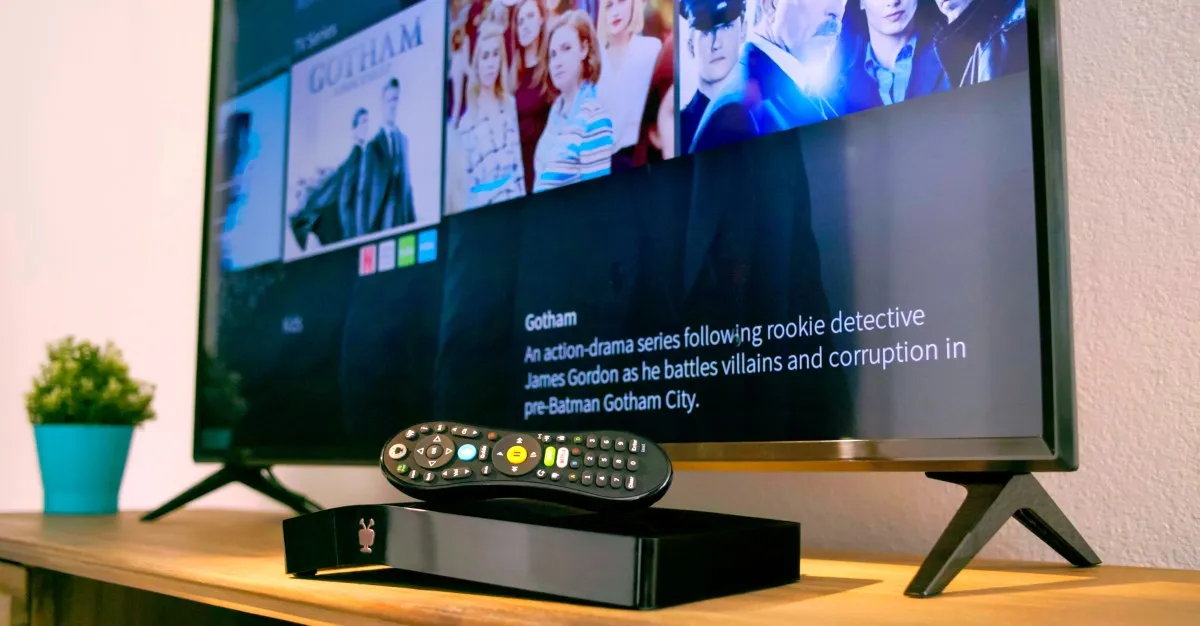
In the 2000s, TiVo reached remarkable heights that few companies ever achieve. Much like tech giants Google and Xerox, the name "TiVo" became a verb in everyday language. Viewers were no longer just "recording" their favorite shows; they had to "TiVo" the latest episode of Battlestar Galactica or the thrilling game between the Red Sox and Cardinals. Although TiVo did not invent the DVR (Digital Video Recorder), it played a pivotal role in popularizing this technology and introducing features that would become standard, such as the ability to pause or rewind live TV and watch one program while recording another.
These groundbreaking features were encapsulated in the infamous US Patent 6,233,389, commonly known as the Time Warp patent. Throughout the 2000s and into the early 2010s, TiVo dedicated significant resources to defending its intellectual property through a series of high-profile lawsuits. Notably, TiVo took on EchoStar, a legal battle that spanned nearly a decade, beginning with the initial lawsuit filed in January 2004 and culminating in a substantial $500 million settlement awarded in April 2011. While TiVo emerged victorious in nearly every case, its focus on litigation took precedence over other potential revenue sources.
During its prime years, TiVo found itself embroiled in courtroom battles against major players in the television and digital video sectors, including Motorola, Time Warner Cable, AT&T, Dish Network, Cisco, and Verizon. The company consistently won these patent infringement lawsuits, with the US Patent Office even reexamining and reaffirming TiVo's patent claims on two separate occasions. However, the prolonged focus on litigation meant that TiVo missed crucial opportunities to innovate and capitalize on emerging trends.
As TiVo entered the 2010s, it pivoted towards licensing its technology as its primary revenue model. Unfortunately, by this time, the landscape was changing rapidly. Netflix launched its streaming service in January 2007, quickly followed by Hulu entering beta later that year, and publicly launching in March 2008. This era also marked the debut of Roku's first device and the introduction of early smart TVs, such as the Samsung PAVV Bordeaux TV 750. While TiVo offered a superior interface and advanced features, the rising popularity of integrated DVRs provided by cable providers made it increasingly difficult for TiVo to justify its premium pricing and subscription costs.
As Roku offered user-friendly streaming set-top boxes at impulsive price points—starting as low as $49.99 by 2011—and Google introduced the Chromecast in 2013, TiVo struggled to keep pace. Although the company added support for popular streaming services like Netflix and Hulu, it often seemed to be playing catch-up as it ventured into the new decade. TiVo's hardware stagnated, with the company diverting its attention to less relevant features, such as the ability to order Domino's pizza directly from the TV, rather than focusing on core innovations.
As the trend towards cord-cutting gained momentum, TiVo's primary revenue drivers became increasingly obsolete. According to nScreenMedia, traditional pay TV subscriptions peaked in the US in 2010 at around 103 million—representing roughly 89 percent of households. Fast forward to 2025, and that number is projected to plummet to just 49.6 million, or 37.6 percent of households. Streaming services have now eclipsed traditional linear pay TV, adopting strategies that emphasize live content such as sports to attract viewers to their platforms.
By the end of 2024, Netflix boasted an impressive 89.6 million subscribers, with Disney Plus trailing at 56.8 million in the US and Canada. Meanwhile, as TiVo continued to engage in legal disputes with tech giants like Google and Time Warner, its customer base steadily dwindled. The company was ultimately acquired by Rovi, a firm focused primarily on accumulating patents and licensing technology to other companies.
In 2020, TiVo was purchased by Xperi, a tech licensing company. Notably, the press release announcing this merger did not highlight innovative hardware or cutting-edge software; instead, it emphasized its extensive intellectual property (IP) licensing platform. Following this merger, TiVo did not launch another set-top box, with its last model, the TiVo Edge, being released in 2019. Recently, TiVo confirmed that it had quietly sold its remaining stock as of September 30th and would be exiting the hardware business.
Looking ahead, TiVo plans to concentrate on its emerging smart TV operating system, a move that many consider to be significantly overdue. Had the company prioritized revenue generation outside the courtroom, it might have found itself at the forefront of the smart TV revolution. Instead of merely rehashing Android TV, TiVo could have leveraged its beloved user interface and iconic peanut remote to create a revolutionary streaming-first device. Despite being a household name with a cherished brand, TiVo appears to be more focused on extracting profits from a waning industry than on innovating for the future.